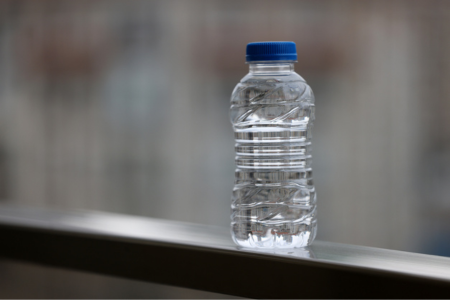
The biax orientation process of orienting plastics results in a cosmetic enhancement of the polymer material in three primary ways, which are explained in this article.
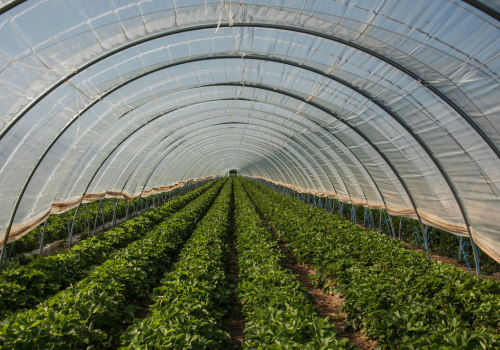
In this article, we explore the topic of plastics orientation and, more specifically, how this orientation leads to the enhancement of a plastic film's mechanical properties.
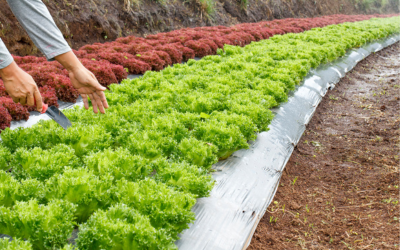
The orientation of plastic film is an essential part to ensuring material yield can be optimized while physical properties of the plastic stay intact. It is also used to achieve property modification in order to improve the performance and durability of the material. In many instances, this plastic orientation process is accomplished by the monoaxial stretching of plastic film in the machine direction orientation (MDO).
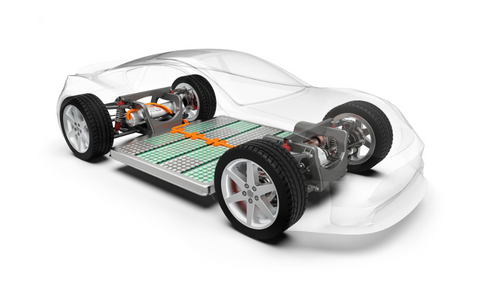
The microporous polymer film used in rechargeable batteries creates a barrier between the anode and cathode so that the electrical charge can still flow without the dangers of short circuits, thermal malfunctions, or battery degradation. This is why the biax orientation process which produces this strong polymer film is an irreplaceable system in the manufacturing cycle of rechargeable lithium ion batteries.

Conducting Trials at a Cast Film Biaxial Orientating Laboratory to Achieve Desired Properties for Sustainable Plastics - Research and development teams continue to work on viable alternatives to commodity polymers and rely on research facilities to test their blends.
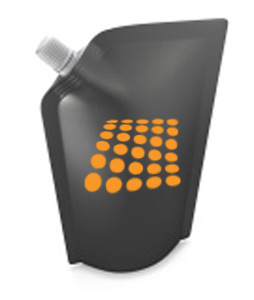
Although the number of processors manufacturing oriented plastic films represents only a small fraction of those involved in the massive plastics industry as a whole, the volume of material processed is significant, and oriented films are vital high-value components in the manufacturing of many everyday products such as food packaging, battery separators, easy-tear pouches, and more.
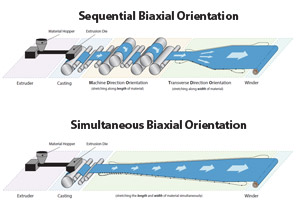
When it comes to producing biaxially oriented films, most are familiar with the well-proven sequential stretching method, which is used in the production of the vast majority of biaxially oriented film and sheet products. However, there is another, less common technique that’s ideal for certain plastic film and sheet applications, particularly if the material does not tolerate sequential stretching in separate steps or must have exceptional optical properties.
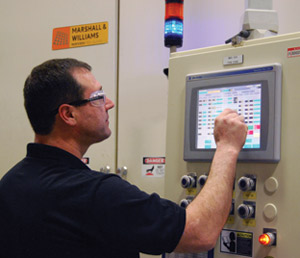
At its main facility in Woonsocket, Rhode Island, Parkinson Technologies maintains a versatile pilot line with extrusion-casting & orientation capabilities, which we refer to as the pilot lab (also known as the BIAX Lab). If you've never done a trial in our lab before, there are a few things you should know in order to be prepared for a successful run.
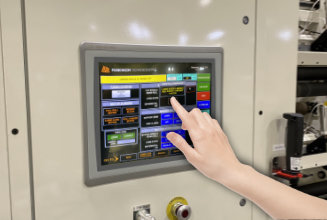
When assessing the performance of web processing machinery, users often consider the overall throughput, quality of the final product, and its safety features. These considerations are essential, but it’s important not to overlook one of the most important features of a well-engineered machine, the user interface (UI).
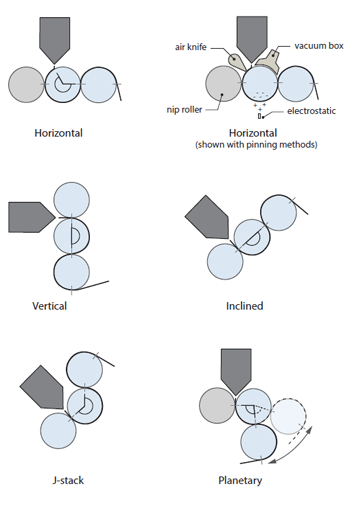
Roll Stack, Sheet Stack, Roll Stand, Take-Off System, Casting Machine, these are just a few of the terms that the plastics processing industry uses to describe the equipment immediately downstream of a flat die on a film or sheet extrusion line. Regardless of the term used to describe this device, it’s basically an arrangement of heat transfer rollers designed to cool and shape molten polymer after it has been extruded through a die to form a continuous web of film or sheet. There are many possible arrangements of the rollers, but the most common are horizontal, vertical, inclined, J-stack, and planetary. What are the differences and why would one configuration be used over another?
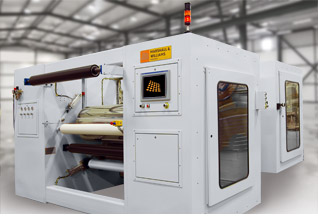
While any given MDO may appear to be a simple arrangement of heated, driven rollers, determining the optimal MDO configuration for a specific application and capacity is where the real challenge lies.
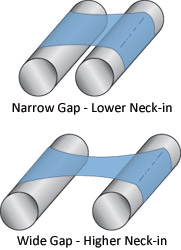
In our previous articles on Machine Direction Orienters (MDOs), we reviewed key process parameters and examined how their impact on stretching conditions would affect the selection of machine configuration for various applications. One aspect of the stretching process that we haven’t yet addressed is how the stretch ratio relates to dimensional changes in the oriented web.
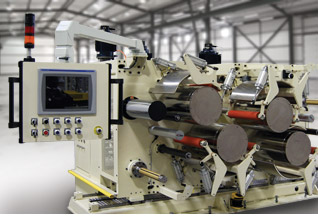
As mentioned previously in Part 1, to orient material we need to heat and apply a longitudinal stretching force using a series of rollers running at increasing surface speeds. Depending on the application, the MDO will be designed using a single or multi-stage stretching section. However, we need to first understand the critical process conditions: mainly how the stretch rate, stretch ratio, and the line speed influence one another and ultimately affect the results of the material being oriented.
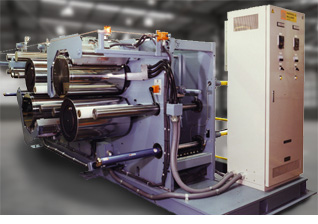
The first key aspect that you need to consider when thinking about an MDO is the heating medium you’re going to use in your application. There are four common types and I’ll quickly explain each one to give you a better idea of when it’s used.
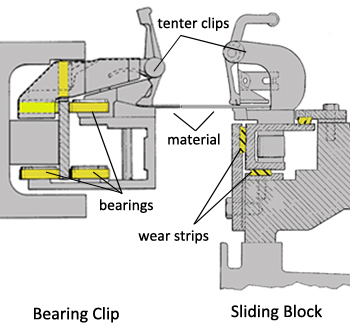
In a previous article we explained that there are two key components in a TDO tenter that make stretching plastic sheet possible; the tenter rail hinge and the tenter clip and chain system. In this article we’ll look at tenter clips and chains and explain the two basic types along with their advantages and disadvantages.
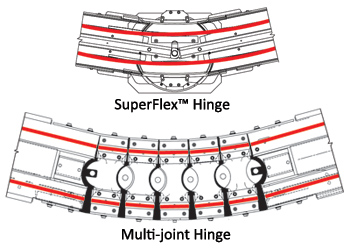
One of the key components of a TDO system that makes stretching plastic sheet in the transverse direction possible is the tenter rail hinge, but not all hinges are created equal.